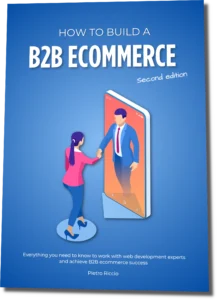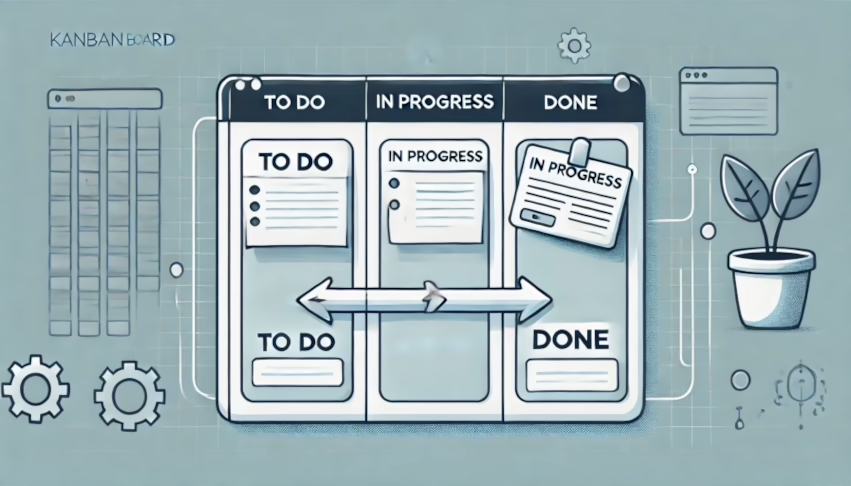Updating the design of your e-commerce website is important to stay relevant, improve the user experience, and keep up with trends.
However, the frequency with which you should update depends on several factors.
Here’s a general guide, with indicative timeframes:
Index
Complete Redesign:
Every 4 years
Why: Web design trends, user experience, and technology evolve, so a complete redesign every 4 years helps ensure the site doesn’t look outdated. In some sectors, like B2B, this period can extend up to 6 years. From a purely functional perspective, nothing major happens if a site isn’t updated for 10 years or more. For example, well-made government sites don’t need frequent changes. However, users may notice the site looks “old” and might associate this with negative aspects.
A full redesign includes structural changes, UI updates, and potentially branding modifications.
Signs it’s time to do it: Outdated appearance compared to general trends and competitors, significant changes in technology (e.g., mobile-first or voice search), slow performance, or negative customer feedback.
Minor Updates:
Every 3/6 Months
Why: Regular small changes can keep the site fresh without overwhelming users. This includes banners and graphics, but also adjusting colors or fonts.
Introducing new products or services or creating promotional offers may require significant design changes, like adding new pages, modifying existing ones, or introducing mega-menus, etc.
Signs it’s time to do it: Subtle updates to optimize the user experience, integrate new marketing campaigns, adapt to seasonality (e.g., Black Friday, holidays), or introduce new product lines.
UX/UI Modifications:
Continuously based on data
Why: Regularly improving the user experience is essential. If possible, use data from A/B tests or common heatmaps. Web analytics can also help you understand what works and what doesn’t. Always try to test your pages and have them tested by others, collecting qualified feedback on any difficulties users encounter. For instance, you may discover your registration form frustrates potential customers, even if you hadn’t noticed it yourself.
Modify navigation by introducing new filters, reposition buttons, and optimize checkout flows as necessary.
Signs it’s time to do it: High bounce rates, abandoned carts, slow load times, or poor mobile experiences indicate the need for intervention.
Branding or Repositioning Updates:
When necessary
Why: If your brand undergoes significant repositioning, changes in your target audience, or a visual identity shift (e.g., a logo change), it may be useful, if not necessary, to update the site’s design. The new logo might need more or less space, have different dimensions, or only work with certain backgrounds. Regular users will also perceive a coherent change across all touchpoints.
Signs it’s time to do it: New brand guidelines, target market shifts, or significant changes in product offerings.
Best Practices
- Monitor competitors and trends: Stay informed about what competitors are doing and new trends in web design. This will help you remain competitive and ensure your site always feels modern.
- Collect customer feedback: Regularly ask users about their experience. Their opinions can be crucial for deciding when updates are necessary.
- Assign a responsible person: Someone on your team should have the time, responsibility, and decision-making power to identify needed changes and lead vendors (web designers, developers, graphic designers) to complete the project. Our freelance e-commerce project manager service can help if you don’t have a dedicated employee for this role.
Some Notes
- The complexity, cost, and feasibility of the above recommendations vary from platform to platform and from design to design.
If your Magento site’s design is based on a template purchased on ThemeForest, modifying it could be difficult and expensive, or even impossible.
However, a Magento site with a custom design based on the Luma extension will be easier to modify. In this case, conducting a site audit would be very useful, and we can assist with that. - A full site redesign will be necessary if you decide to migrate from one platform to another.
The only exception is if you have chosen a “composable” architecture, where the design (front-end) of your site is a separate entity connected to the e-commerce via API. However, this scenario is rare and typically applies only to very experienced users with significant budgets compared to small businesses.
If you’re considering changing platforms, our service for gathering web design requirements can help you prepare your specifications document and send it to agencies and developers to get reliable quotes.
Conclusion
A balanced approach between smaller, frequent updates and occasional complete redesigns will keep your site modern without compromising customer familiarity.
And if you’re considering a redesign of your e-commerce site and want a second opinion on the best approach based on your budget, feel free to contact us and explain your needs.
At Netsu, we are e-commerce experts and help small businesses sell online.




